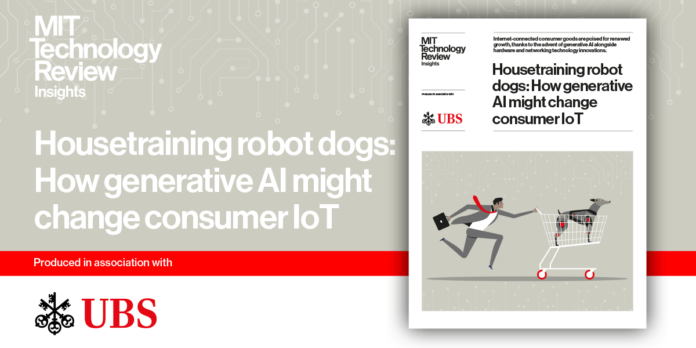As technology goes, the internet of things (IoT) is old: internet-connected devices outnumbered people on Earth around 2008 or 2009, according to a contemporary Cisco report. Since then, IoT has grown rapidly. Researchers say that by the early 2020s, estimates of the number of devices ranged anywhere from the low tens of billions to over 50 billion.
Currently, though, IoT is seeing unusually intense new interest for a long-established technology, even one still experiencing market growth. A sure sign of this buzz is the appearance of acronyms, such as AIoT and GenAIoT, or “artificial intelligence of things” and “generative artificial intelligence of things.”
What is going on? Why now? Examining potential changes to consumer IoT could provide some answers. Specifically, the vast range of areas where the technology finds home and personal uses, from smart home controls through smart watches and other wearables to VR gaming—to name just a handful. The underlying technological changes sparking interest in this specific area mirror those in IoT as a whole.
Rapid advances converging at the edge
IoT is much more than a huge collection of “things,” such as automated sensing devices and attached actuators to take limited actions. These devices, of course, play a key role. A recent IDC report estimated that all edge devices—many of them IoT ones—account for 20% of the world’s current data generation.
IoT, however, is much more. It is a huge technological ecosystem that encompasses and empowers these devices. This ecosystem is multi-layered, although no single agreed taxonomy exists.

Most analyses will include among the strata the physical devices themselves (sensors, actuators, and other machines with which these immediately interact); the data generated by these devices; the networking and communication technology used to gather and send the generated data to, and to receive information from, other devices or central data stores; and the software applications that draw on such information and other possible inputs, often to suggest or make decisions.
The inherent value from IoT is not the data itself, but the capacity to use it in order to understand what is happening in and around the devices and, in turn, to use these insights, where necessary, to recommend that humans take action or to direct connected devices to do so.
This content was produced by Insights, the custom content arm of MIT Technology Review. It was not written by MIT Technology Review’s editorial staff.

